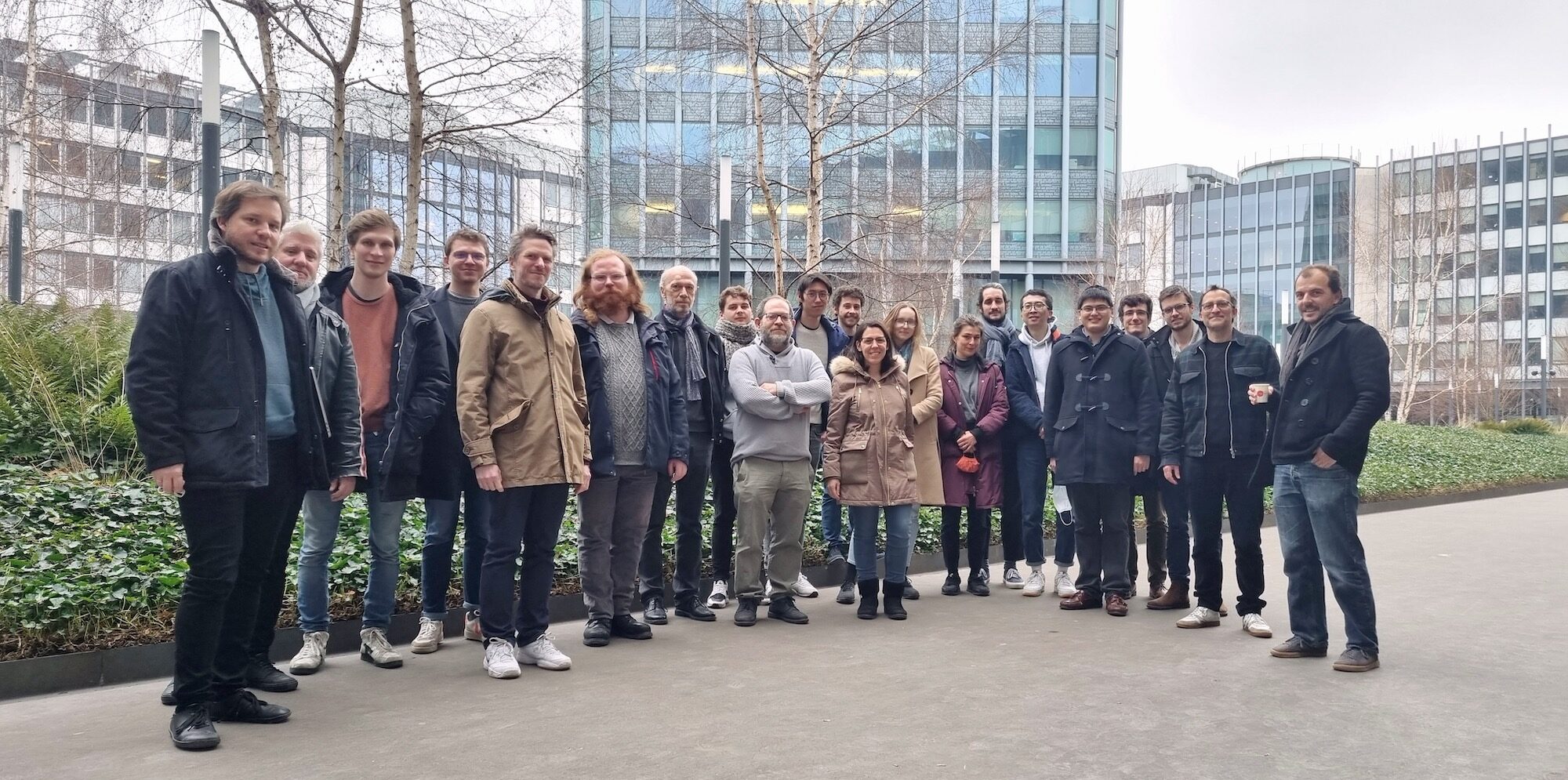The MLIA research team, Machine Learning & Deep Learning for Information Access, joined ISIR on 1 January 2022. MLIA is a statistical learning team, composed of 53 members, including 9 researchers and teacher-researchers, formerly attached to LIP6, a computer science research laboratory. Their research focuses on neural networks and Deep Learning.
Interview with Patrick Gallinari, Professor of Neural Networks at Sorbonne University and Head of the MLIA team.
Deep Learning: what is it?
Deep Learning is a branch of Machine Learning (statistical learning) that has been at the heart of the Artificial Intelligence boom since the early 2010s. Deep Learning is the heir to the work on neural networks, which was initiated in the late 1950s and has had several episodes of success and sleep. Adopted as a major AI technology at the end of the 2000s by the major tech players, including the GAFAMs* and BATXs*, the field has since experienced growing success and considerable expansion, which has put AI at the centre of the scientific and economic game.
*GAFAMs: the acronym GAFAM stands for Google, Apple, Facebook, Amazon, Microsoft.
*BATXs: The acronym BATX comes from the initials of the search engine Baidu, the e-commerce site Alibaba, the services site Tencent and the technology company Xiaomi.
What does the MLIA team do from a scientific point of view?
The members of the MLIA team work on the development of statistical learning algorithms. Their work is largely motivated by developments in the application areas of Deep Learning, linked in particular to the analysis of semantic data, user interactions and the modelling of complex systems in physics.
The team is developing strong cooperations with industrial partners, leading to joint projects and co-supervision. Within Sorbonne University, MLIA is involved in the animation of AI research, in particular through SCAI (Sorbonne Center for AI) and in its teaching through its participation and administration of masters.
Deep Learning research activities require a substantial computing infrastructure. MLIA has its own GPU cluster* administered by the laboratory and makes extensive use of national facilities such as the Jean Zay computer of the CNRS.
*GPU cluster: a cluster of computers in which each node is equipped with a graphics processing unit.
What are the challenges of this integration?
Over the last few decades, we have seen the rise of two areas: robots and intelligent systems, and artificial learning. These two areas have concrete applications for society. On the one hand, the autonomy of machines and their ability to interact with human beings make it possible to respond to major societal challenges, such as health and personal services. On the other hand, artificial learning allows machines to integrate information from experience or data provided, in order to make decisions or predictions.
Most of the robotics projects carried out at ISIR constitute high potential fields of application for the MLIA team’s research in Deep Learning. The research activities developed within the two entities show numerous similarities and complementarities around the theme of intelligent systems.
The merger of these two promising fields will create a research dynamic: to advance the field of robotics and intelligent systems using statistical learning methods and to develop Deep Learning so that it can increase its impact on systems interacting with the real world.
The objective is to contribute to the design of robotic devices and intelligent systems, whether hardware or digital, capable of interacting with their physical environment and with human users or cohabitants.
This rapprochement aims to develop a synergy by reinforcing the existing skills at ISIR and MLIA. New research avenues and collaborative efforts have already been identified. Four new federating projects have been recently defined:
- Open learning,
- Hybrid learning combining physical and statistical models,
- Motion prediction,
- Language and semantics for human-computer interaction.
More information: Presentation of the MLIA team



